-
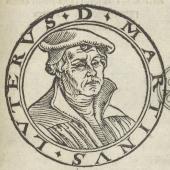
Memorialising the most reverend Doctor Luther
-

Luther’s Table Talk in Revolutionary England
-
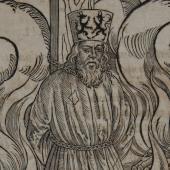
Jan Hus: reformation before the Reformation
-
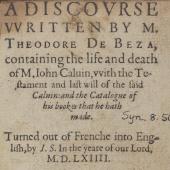
Jean Calvin: a life as doctrine
-
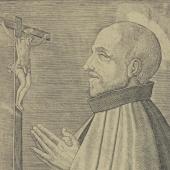
Ignatius of Loyola: sanctity and sainthood
-
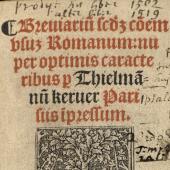
A special owner: Catherine of Aragon’s breviary
-
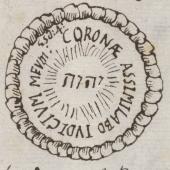
‘H.N.’ and the Family of Love: multiple memories
-
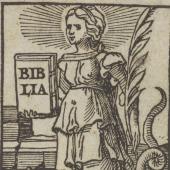
Anne Askew: standing fast to verity
-
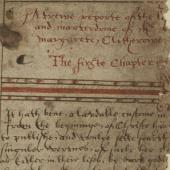
Martyrs and manuscripts: Thomas More and Margaret Clitherow
-
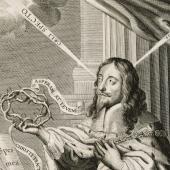
Contested martyrdom: Charles I
Celebrated Lives and Deaths
Remembering the Reformation
In the religious battles that proliferated in sixteenth- and seventeenth-century Europe individuals and their lives, reputations and legacies became some of the most powerful rhetorical and ideological weapons. A wide range of religious communities, both Protestant and Catholic, commemorated the lives of certain figures from the recent and more distant past not just as key moments in their own history, but also as embodiments of godly teaching and living. Biography was one form of proof in an unresolvable struggle over the question at the heart of the Reformation: who could lay claim to religious truth?
The idea of life writing as exemplary was far from new. A range of influences — classical, biblical, medieval — paved the way to biography not simply as a recording of the facts of a life but as a model for others to emulate. Certain patterns are found across many such early modern commemorations: the lack of self-regard of the godly, for instance, or the idea of the ‘good death’ (calmly and patiently received). Particularly prominent was the theme of divine providence, the belief that God directly guided the lives and actions of these chosen men and women. These are themes that persist across different formats, printed and manuscript, written and visual. They can be found in memorials and commemorations from many different religious groups, even as these groups engaged in bitter conflicts over the identification and nature of the truly godly. Such early modern biographical ways of remembering thus reveal both the ways in which the lives of individuals could become representative of religious conflict and, at the very same time, similarity and shared cultural values across these deep doctrinal divides.